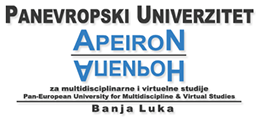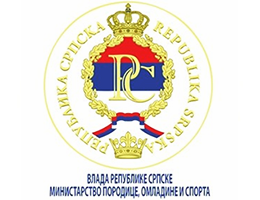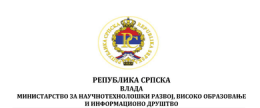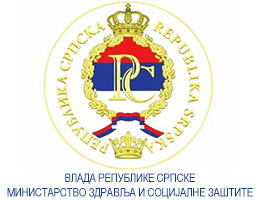The Management of Health Risks From Microbiological Dangers While Using Swimming Pool Water for Swimming and Recreation
Volume 4, Issue 1 (2014)
Volume 4, Issue 1 (2014)
The Management of Health Risks From Microbiological Dangers While Using Swimming Pool Water for Swimming and Recreation
Abstract:
The need for recreation as one of the ways of maintaining psychophysical health and work ability is an important need of modern man. Significant number of people, periodically or continually, uses swimming pools for those purposes. On the other hand, recreational activities at the swimming pools, as well as using swimming pools for the purposes of healing and recovery, can jeopardise health, therefore an adequate swimming pool management is necessary in order to decrease that influence to the minimum.
Users of swimming pools are exposed to various dangers, of which the risk of becoming ill by microbiological contamination of the swimming pool water is the greatest. The risk of illness or infection because of using a swimming pool is primarily connected to faecal contamination of the water because of swimmers’ faeces or faecal contamination of the water used for filling a swimming pool. Pathogen microorganisms represent a most common and widespread health risk related to water as an environment because of infective disease occurrences caused by bacteria, viruses and parasite protozoa.
Water purification partially decreases that risk, but the greatest safety measure for users can be achieved only by disinfection of the water in the swimming pool. Swimmers’ culture and self-discipline are factors that contribute to water’s safety.
Consideration of the swimming pool water microbiological quality management problem, presented in this work, is based on the correspondent Recommendations of the World Health Organisation (WHO, 2000).
Users of swimming pools are exposed to various dangers, of which the risk of becoming ill by microbiological contamination of the swimming pool water is the greatest. The risk of illness or infection because of using a swimming pool is primarily connected to faecal contamination of the water because of swimmers’ faeces or faecal contamination of the water used for filling a swimming pool. Pathogen microorganisms represent a most common and widespread health risk related to water as an environment because of infective disease occurrences caused by bacteria, viruses and parasite protozoa.
Water purification partially decreases that risk, but the greatest safety measure for users can be achieved only by disinfection of the water in the swimming pool. Swimmers’ culture and self-discipline are factors that contribute to water’s safety.
Consideration of the swimming pool water microbiological quality management problem, presented in this work, is based on the correspondent Recommendations of the World Health Organisation (WHO, 2000).
Keywords:
swimming pools, microorganisms, dangers, risks
Full Text:
References:
- Dalmacija, B., Ivančev-Tumbas I. (2001). Kvalitet voda za rekreaciju. Novi Sad: Univerzitet u Novom Sadu, Prirodno-matematički fakultet, Institut za hemiju.
- Price D., Aheam D.G. (1988). Incidenceand persistence of Pseudomonas aeruginosa in wihirlpools. Journal of clinical microbiology, 26, 1650-1654.
- WHO, Guidelines for safe recreational-water environments, volume 1: Coastal andfresh – water. Final draft for consultation, Word Health Organization, 2000.
- WHO, Guidelines for safe recreational-water environments, volume 2: Swimming pools, spas and similar recreational-water environments. Final draft for consultation, Word Health Organization, 2000.
- WHO, Bahting water quality and human health: feacal polution. Outcome of an expert consultation, UK,April 2001. World Health Organization, Geneva (www. Who.int),
- WHO/UNEP, Microbiological quality of coastal recreational waters, MED POL Phase II, 1994, Regional Office for Europe, Copenhagen, Annex 5:3.






